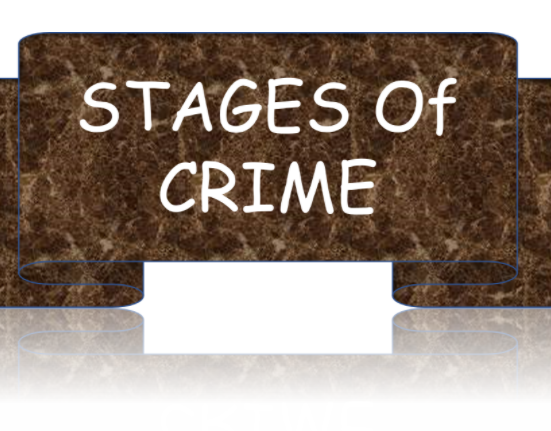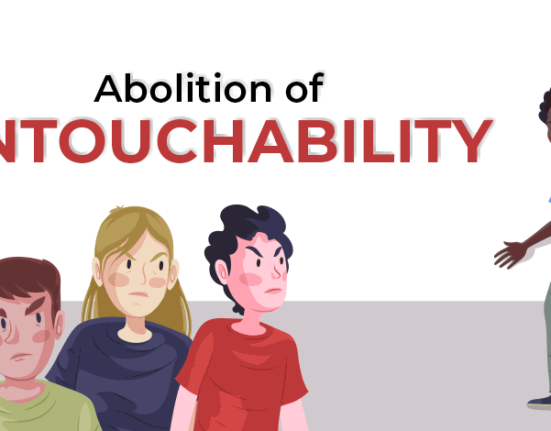Blockchain Technology : yerram Geetha
INTRODUCTION
A new area of law is cyber law. Since its roots in the field of law, it has grown continuously. However, due to the introduction of digital technology and the development of new technical paradigms, cyber law is trying to adapt to new technologies and threats in its area of law, and blockchain is one of them that is continuously evolving and developing worldwide.
Basically, Blockchain is the collection of records that are increasing in the current scenario and related to the use of cryptography. Each block includes prior block hash cryptography, transaction data and timestamp. It is possible to define Blockchain as a data structure that holds transactional records and ensures confidentiality, transparency, and decentralization.
A decentralized digital ledger capable of documenting transactions is a blockchain in its simplest form. It is an open, distributed ledger that can securely and permanently record transactions between two parties. This is accomplished by cryptography that binds the new block to the older block and forms a blockchain. Any attempt to tamper with the old data will also corrupt the new information and data that follows it.
A modern paradigm/ideal of technical growth is the blockchain. This relates to the decentralized digital public transaction ledger, which is subsequently divided into blocks.
1. It enables market participants to keep track of transactions in digital currencies without maintaining a central record.
2. Every block is then chained to the previous block and immutably registered using a cryptographic assurance system through a peer-to-peer network. Once you store information on a blockchain, it is incredibly difficult to modify or alter it.
Also Read: Fundamental Rights And Supreme Court’s Views
With a digital signature that proves it to be authenticated, each transaction on a blockchain is protected. The use of encryption and digital signatures makes it tamper-proof for the data stored on the blockchain and cannot be modified.
Bitcoin is the most famous example of that. It is possible to use Blockchain to build wills, sell personal goods or even discover the source of jewels. Blockchains do not merely serve a record of who paid; they contain some organized information (for example, who owns a particular plot of land).
This promise is what makes the blockchain so exciting for large and wide-ranging applications.
Stuart Haber and W. first outlined blockchain technology in 1991. Scott Stornetta, the two scientists who tried to set up a device that could not control document timestamps. But almost two decades later, with the introduction of Bitcoin in January 2009, Blockchain then had its first real-world application.
The blockchain is based on the Bitcoin protocol. Bitcoin’s alias, Satoshi Nakamoto, referred to blockchain as a modern electronic cash framework that is completely peer-to-peer, with no trusted third party, in a research paper describing the digital currency.
When it comes to printed money, its use is regulated and checked by a central authority, normally by a bank or government, but nobody controls Bitcoin. Instead, bitcoin transactions are checked by a network of computers. This is what is implied by the decentralizing of the Bitcoin network and blockchain.
The completed transaction is publicly registered and stored as a block on the blockchain, which becomes unalterable at this stage. In the case of Bitcoin, like most other blockchains, cryptocurrency computers that validate blocks successfully are compensated for their labour. This is widely known as mining.
Participants must operate a software called a wallet to allow transactions on the Bitcoin network. Two separate and distinct cryptographic keys are included in each wallet: a public key and a private key. The location where transactions are deposited and withdrawn is the public key.
This is also the key that serves as the digital signature of the user on the blockchain ledger. The public key of a user is an abridged version of their private key, generated by a complex mathematical algorithm. Blockchain technology is thus considered secret.
Decentralized
In nature, blockchains are decentralized, i.e., no single entity or community holds the ultimate network authority. This distinctive blockchain feature enables transparency and protection while giving control to all users and not to any specific authority.
Network Peer-to-Peer
Without the intervention of any third party, interaction between two parties via blockchain using a peer-to-peer model is easily achieved. Blockchain uses P2P protocols that allow an identical copy of transactions to be kept by all network participants and allow approval through a consensus on the machine.
Immutable/Stiff
The immutability function of a blockchain refers to the fact that it is impossible to modify or alter any data once fed to the blockchain it. Sending an email, for example, you can’t take it back once you send an email to a lot of people. You would have to ask all the recipients to remove your email in order to get a way, which is very boring.
This is how immutability works. If you want to change one block’s data in the case of the blockchain, you’ll have to change the whole blockchain as each block stores its previous block’s hash. Thus, due to immutability, the data contained in a blockchain is non-alterable or resistant to hacker attacks.
Tamper-Proof
Due to the property of immutability implanted in blockchains, tampering with any data becomes easier to detect. Blockchains are considered tamper-proof as it is possible to detect and fix any change except in a single block smoothly. There are two main methods, i.e., hashes and blocks, of detecting tampering.
Groups Inside
Three forms of blockchain networks exist:
- Blockchains from the public
- Private blockchains, private
- Blockchains Hybrid
- Blockchains from the public
There are simply no drawbacks to a public blockchain. Anyone with an Internet connection can participate in the implementation of a consensus protocol. The Bitcoin blockchain and the Ethereum blockchain are some of the most recognized public blockchains.
The Permission-less Ledger is a decentralized blockchain that can be accessed by anyone. Everyone with Internet access is entitled to download and access it. It enables communities worldwide to share knowledge with anyone and anyone freely and safely.
Private blockchains
A private blockchain is an authenticated database that nobody can access. Unless invited by the network administrators, one will not join them. Access to the participant and validator is limited and authorization is required to use the same.
Private blockchains are those that, unlike public blockchains that can be accessed by anyone, are only shared by trusted participants. Under the private blockchain, overall network power is in the hands of the block owners. Therefore, the level of confidence under the private blockchain is high.
Blockchain Hybrid
There is a mix of both centralized and decentralized functionality for a hybrid blockchain. It is a public and private blockchain alternative. The right of the transaction to be read can be either public or private. The blockchain can be built such that the number of requests can be restricted to public users and the block can be protected.
Blockchain Benefits and Disadvantages:
- Improvement of precision through the reduction of human intervention in the verification
- Cost reduction by avoiding verification by third parties
- Difficult to tamper with blocks
- Transaction protection, privacy, and efficiency
- Technology’s accountability
- Inconveniences
- Bitcoin mining-related technical costs
- Low rate per second of transactions
- Usage of illegal operations
- Susceptibility to a hack
By growing the number of encryption-related rules, countries are trying to improve their cyber laws. By pressuring service providers and businesses to exchange information about backdoors and encryption technology, several countries are reemphasizing state control.
Blockchain technology has a great potential for applications in various industries and sectors. Some businesses have already begun to implement blockchain for their firms, although many are still researching the best ways to begin with blockchain technology.
Without mediators, peer-to-peer transactions will lower business costs, remove barriers to entering business, and allow governments, companies, and other organizations to deliver services with greater precision, speed, and security.
Paper-based contracts are vulnerable to mistakes and frauds that make the faith factor doubtful and increase risks between both parties.
Via Smart Online Contracts, Blockchain put forward an exciting solution to these issues. Smart contracts would allow for transparency and protection while protecting the contractors’ privacy. Therefore, once the blockchain technology is widely embraced, the way of life and industry will change.
REFERENCES
legalserviceindia






Leave feedback about this